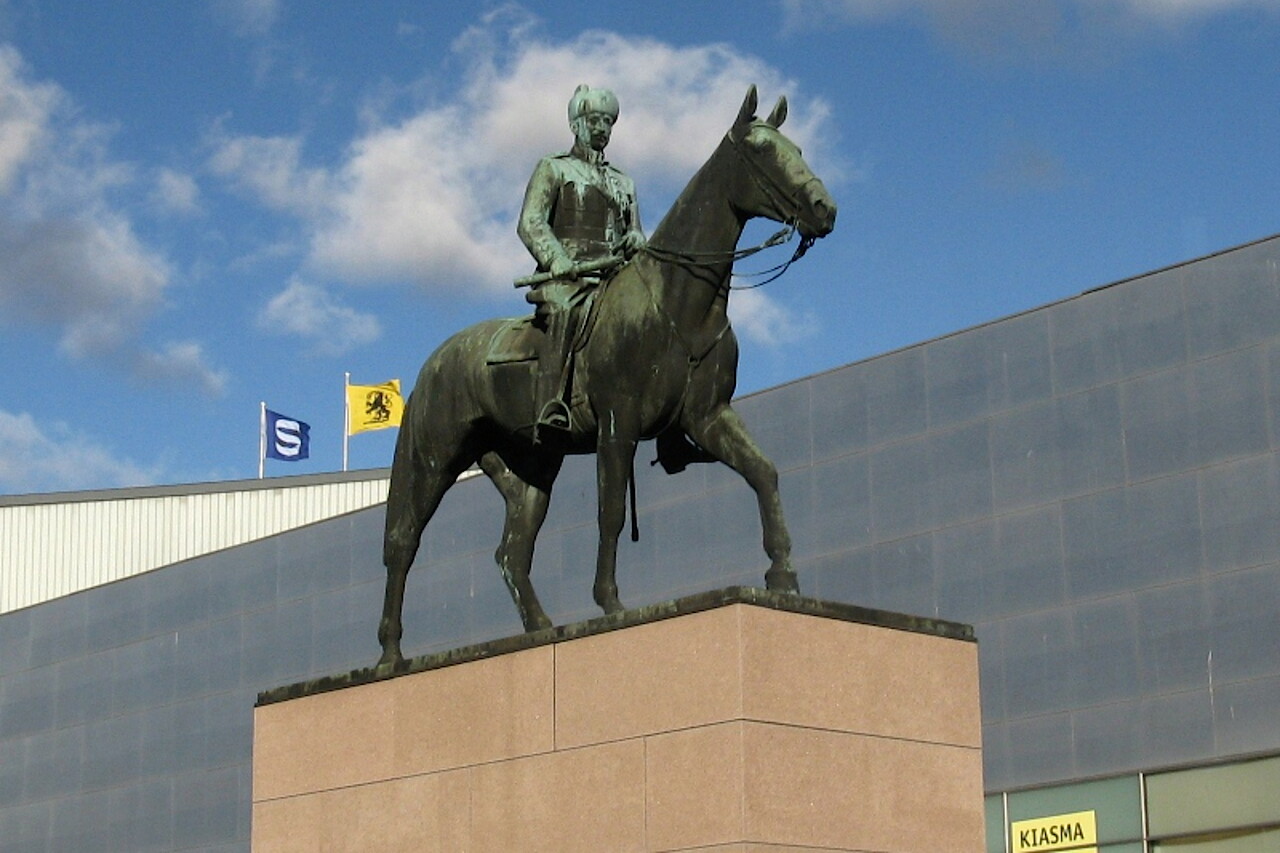First Acquaintance with Finland
After passing through the Torfjanovka-Vaalimaa border control and driving for two hours along the beautiful scenery of autumn Finland, we have reached the northern outskirts of Helsinki, and are moving along the Sturenkat towards the city center through the Vallila industrial district.
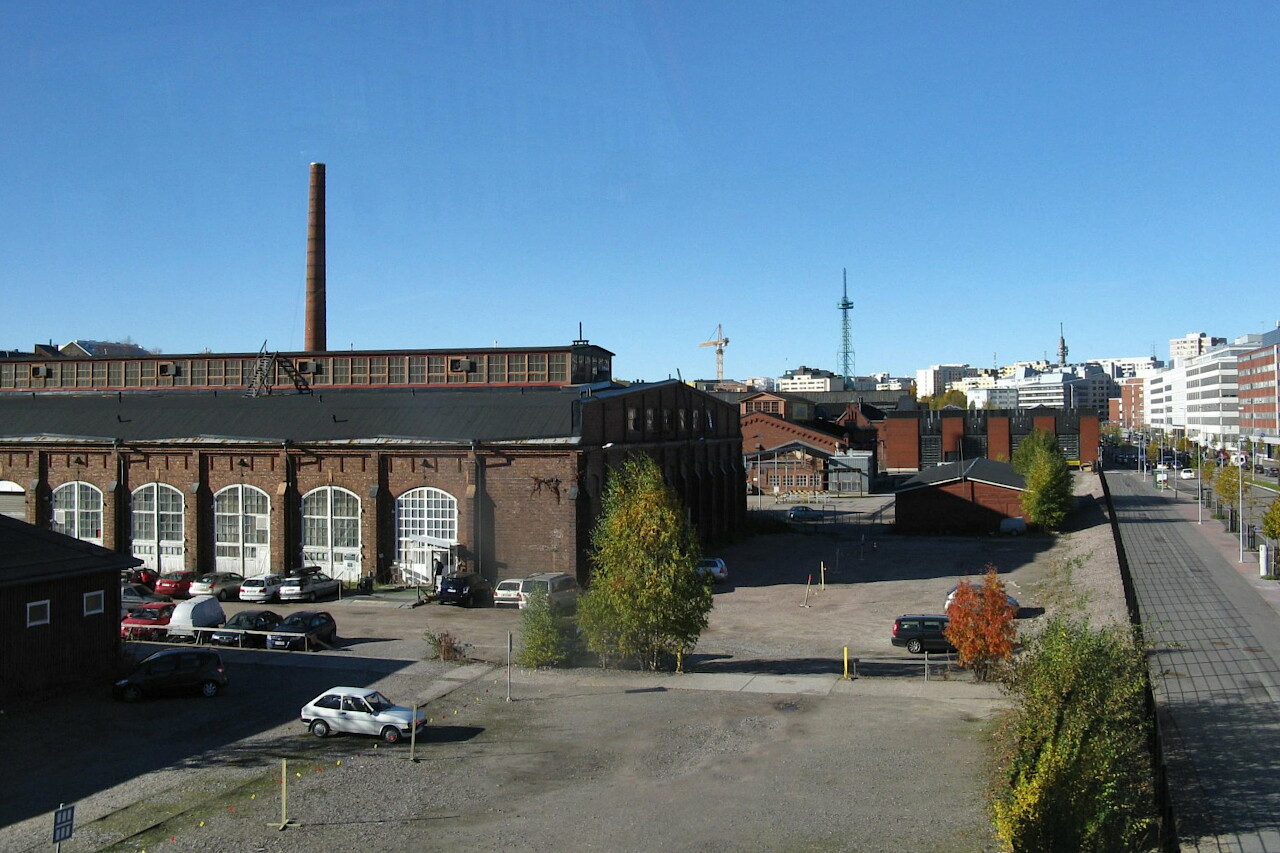
After passing under the railway bridge of the Central Station tracks, we find ourselves in the Teele district. On the right you can see the Olympic Stadium, built in 1938. At the west stand of the stadium stands a tower with a height of 72 meters and 71 centimeters, which corresponds to the world records in the javelin throw, which was set by Finnish athlete Matti Jarvinen at the 1932 Olympics.
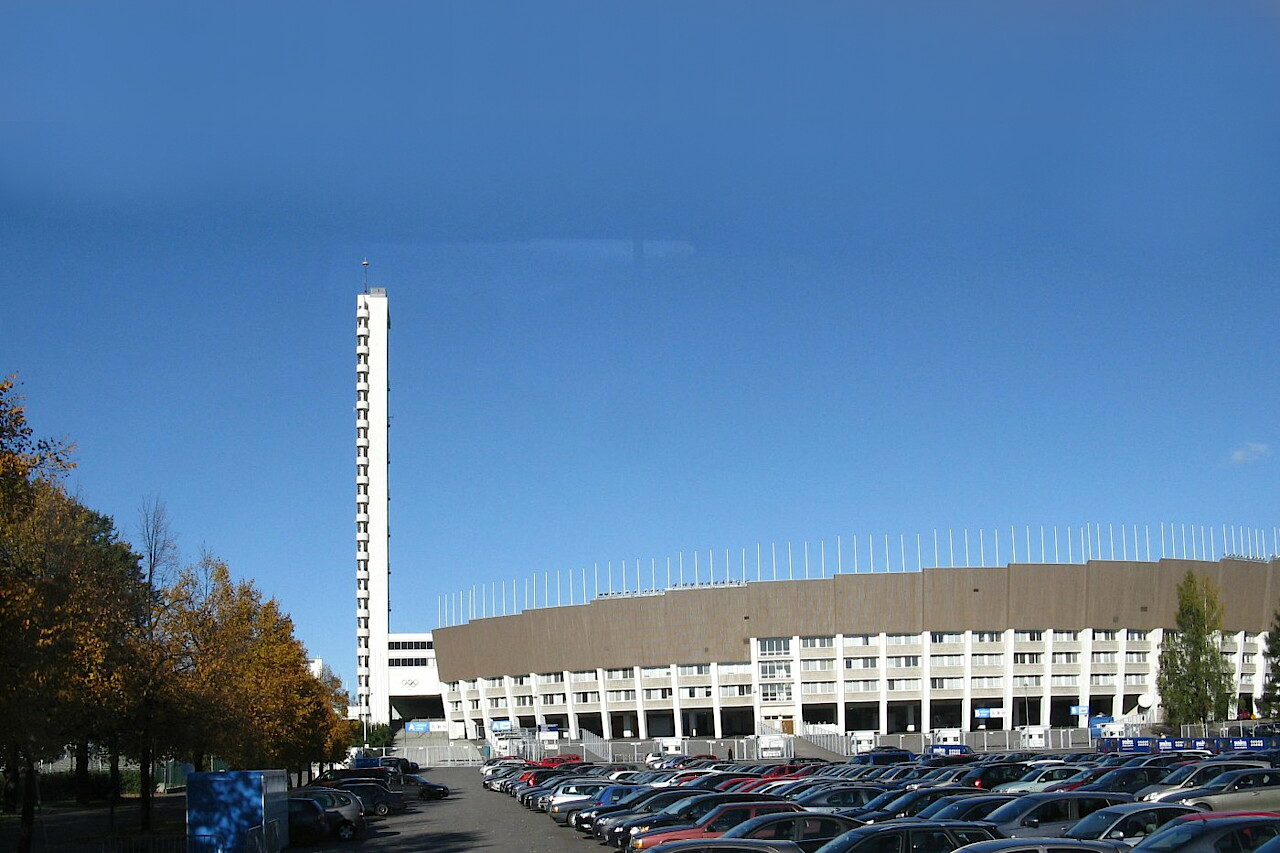
On the square in front of the stadium there is a monument to the" Flying Finn " Paavo Nurmi, winner of 12 Olympic medals.

Then we drive to Seurasari Bay Park, located a few blocks southwest of the stadium.

It is home to Helsinki's most famous monument, opened in 1967 to commemorate the centenary of the famous Finnish composer Jan Sibelius. The park is also named after Sibelius.
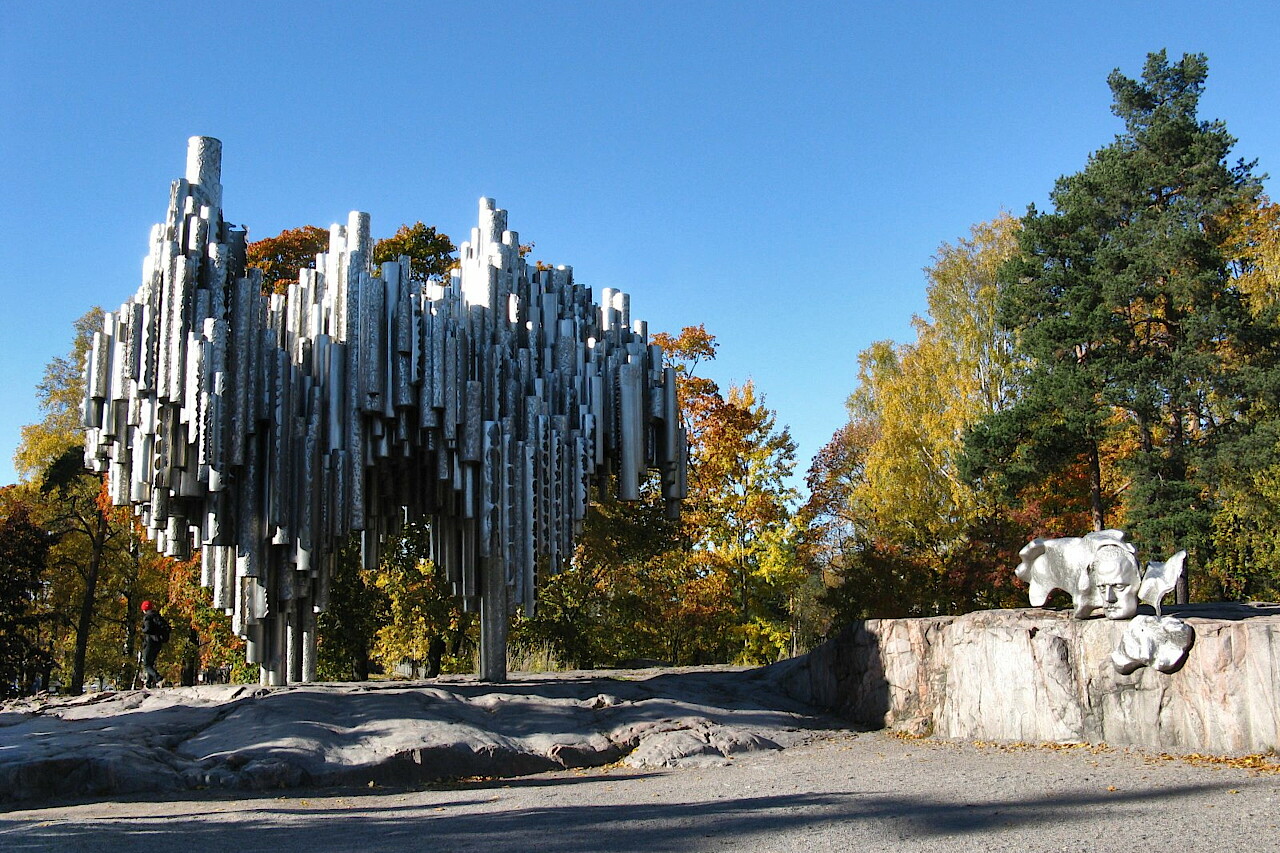
Here I had the opportunity to stretch my legs a little after sitting on the bus for six hours. The park is very beautiful at this time of year.
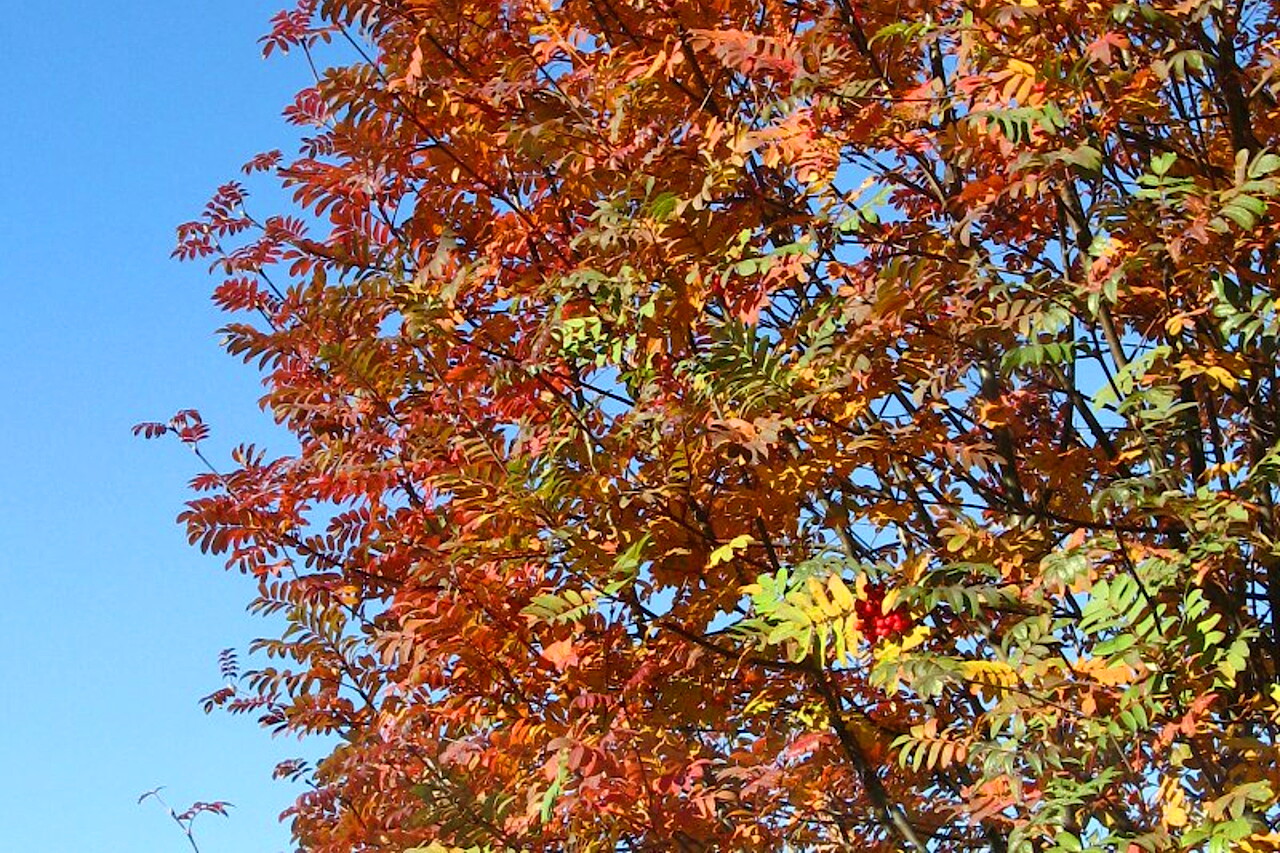
Some of Teele's neighborhoods are built up with featureless apartment buildings that resemble typical Soviet-era projects.
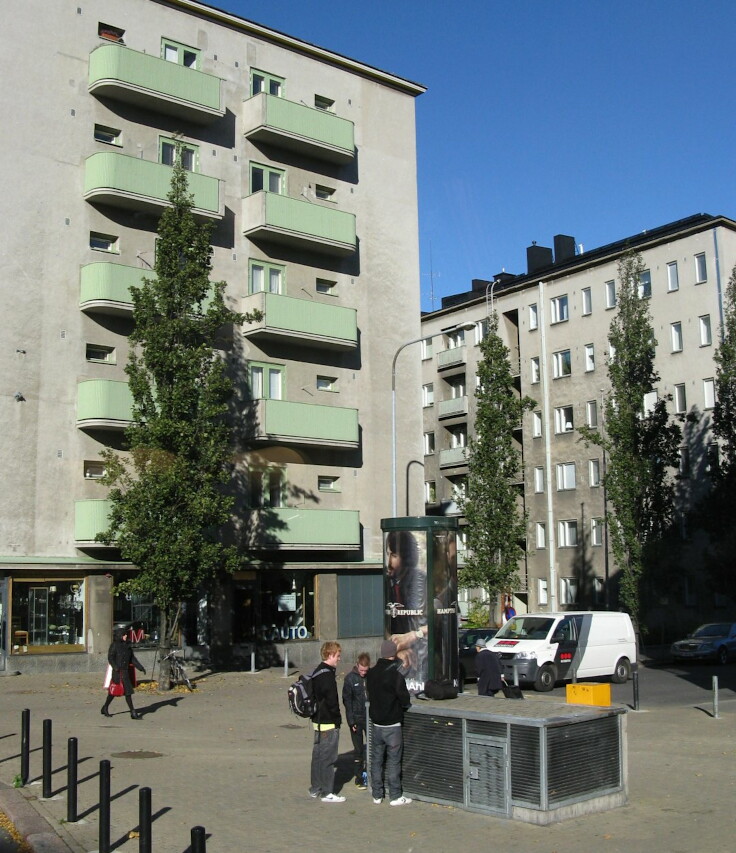
The next stop is Lutherinkatu Square, surrounded by heavy buildings of the thirties in the style of rationalism.
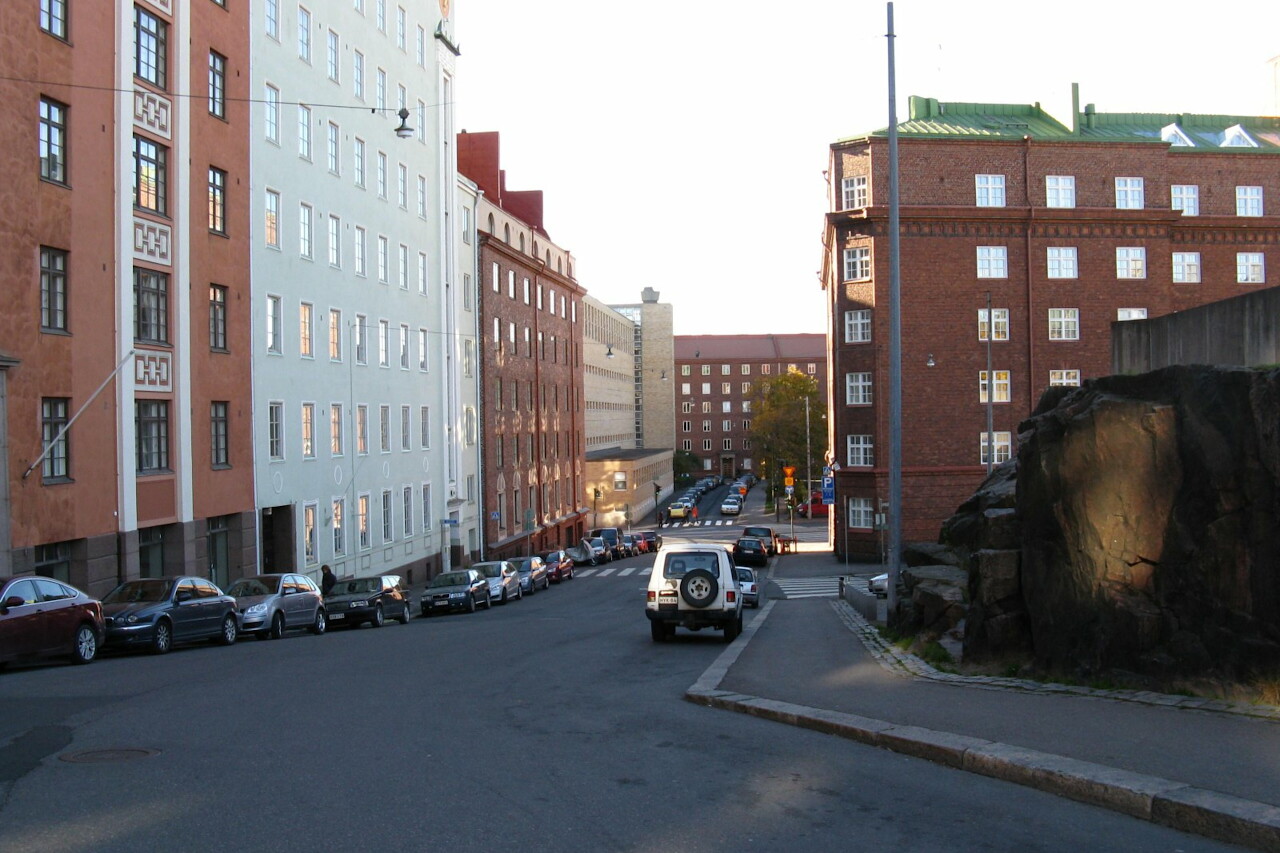
Helsinki's next landmark site, Temppeliaukion kirkko, is located here.
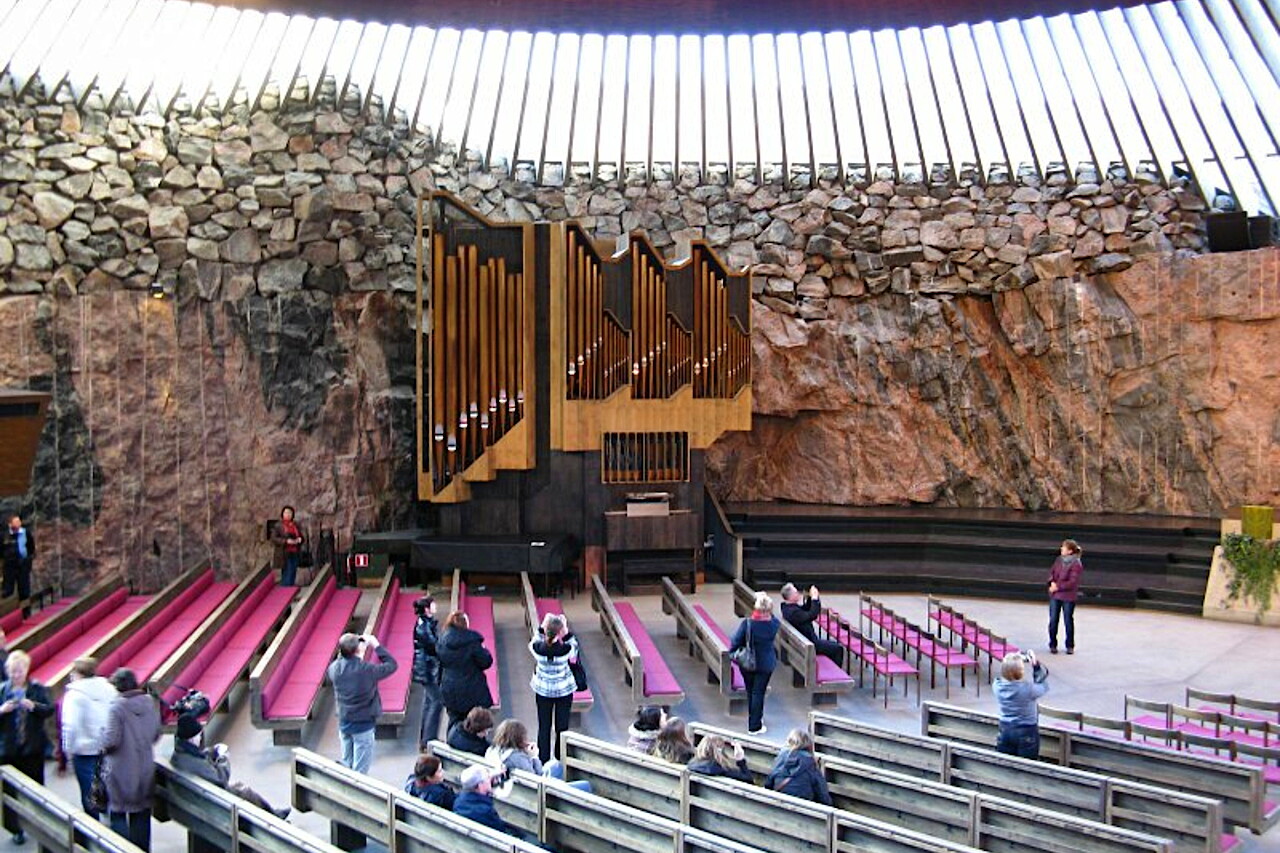
This unique structure was built in a rock excavation in 1969 and has stunning acoustics thanks to its natural stone walls.
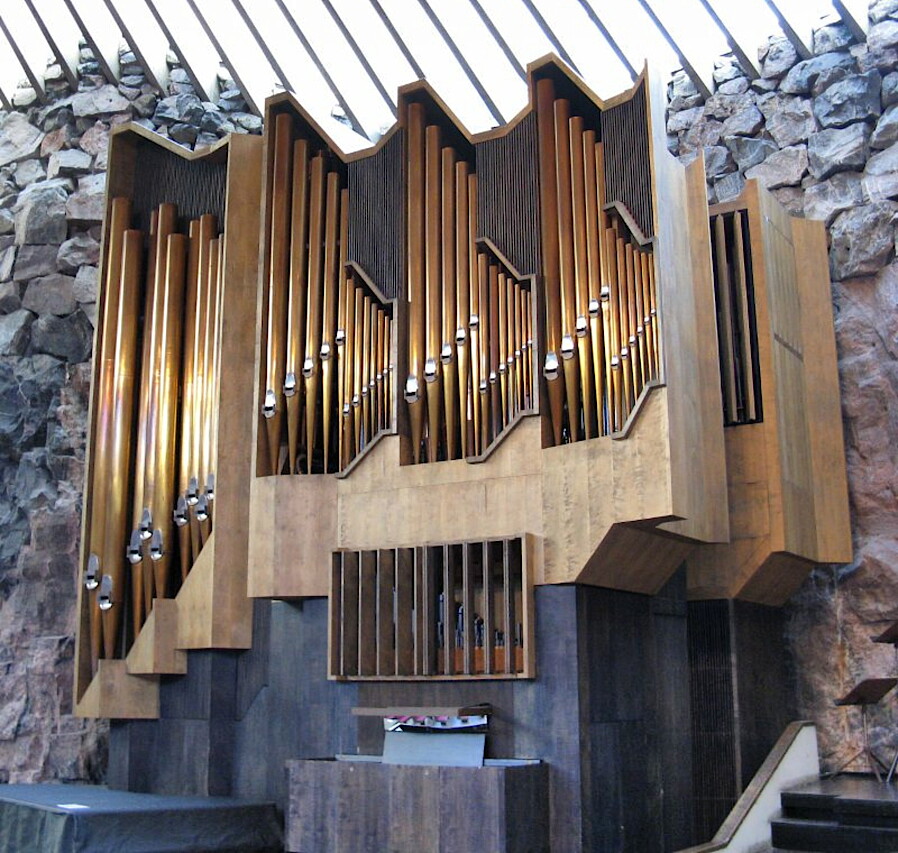
Fredrikinkatu Street runs from the church towards the city center, passing through the main shopping areas.
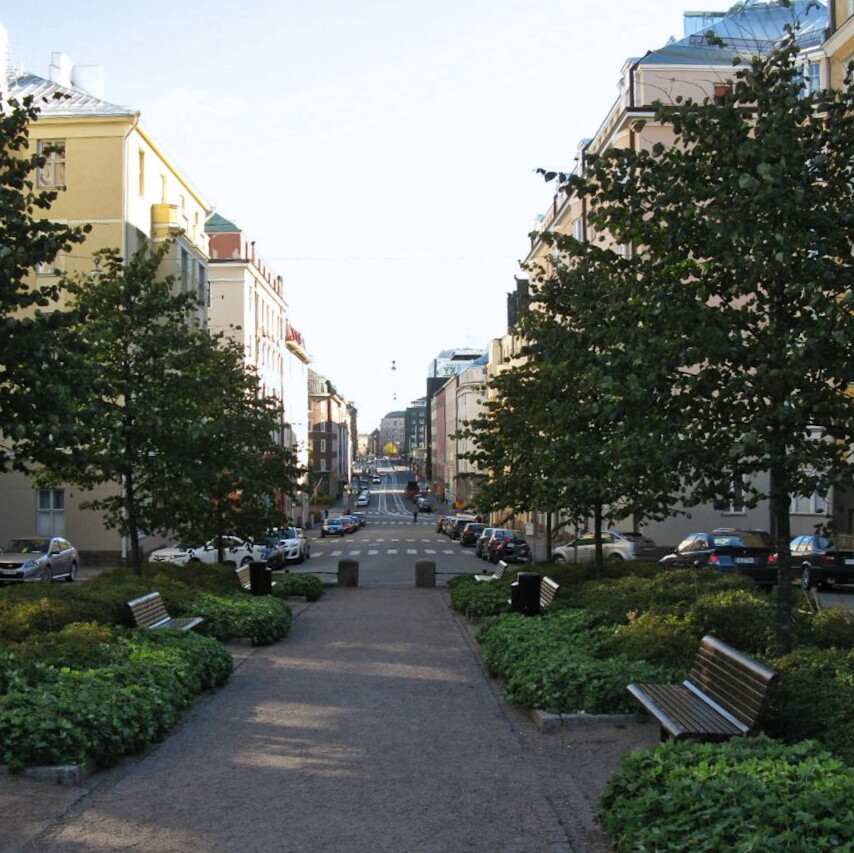
Near the church there are several souvenir shops, where funny figures in national clothes are invited.
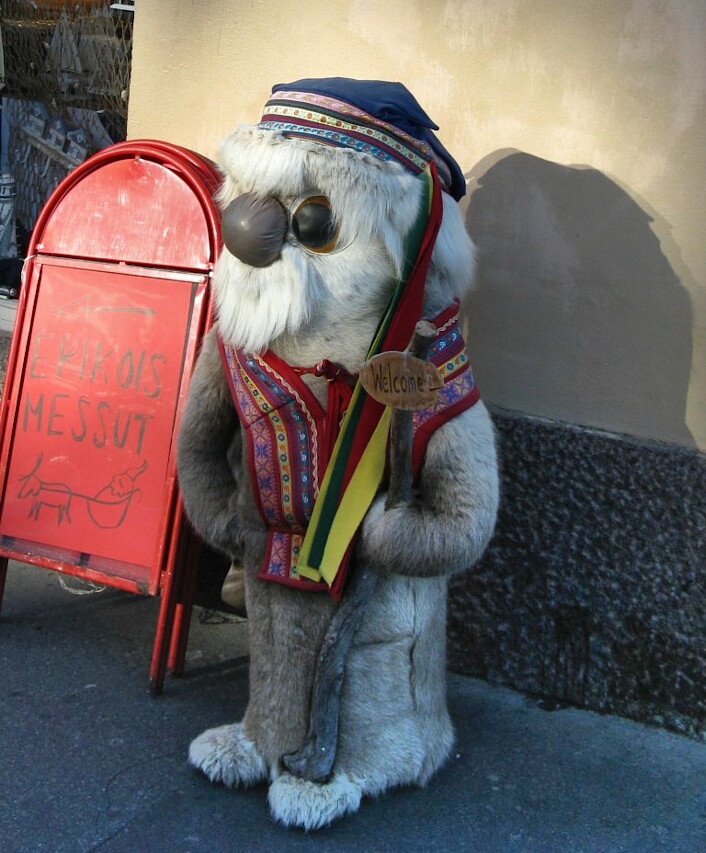
Then we drive to the Senate Square, the center of the Finnish capital. Around the perimeter of the square were figures of Buddy bears, representing representatives of all countries of the world. I'll tell you more about this in the next article.
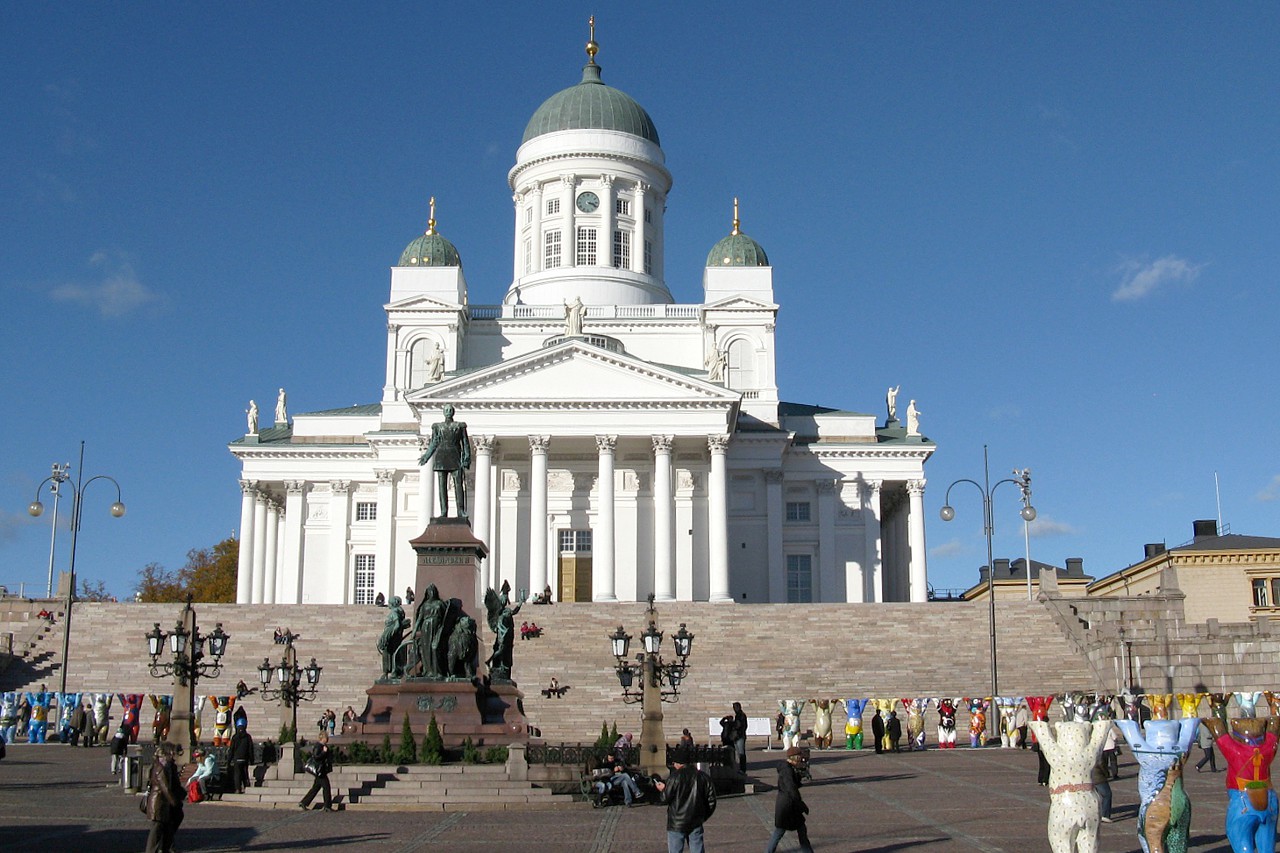
Helsinki Lutheran Cathedral-the dominant square and the entire city, opened in 1852.
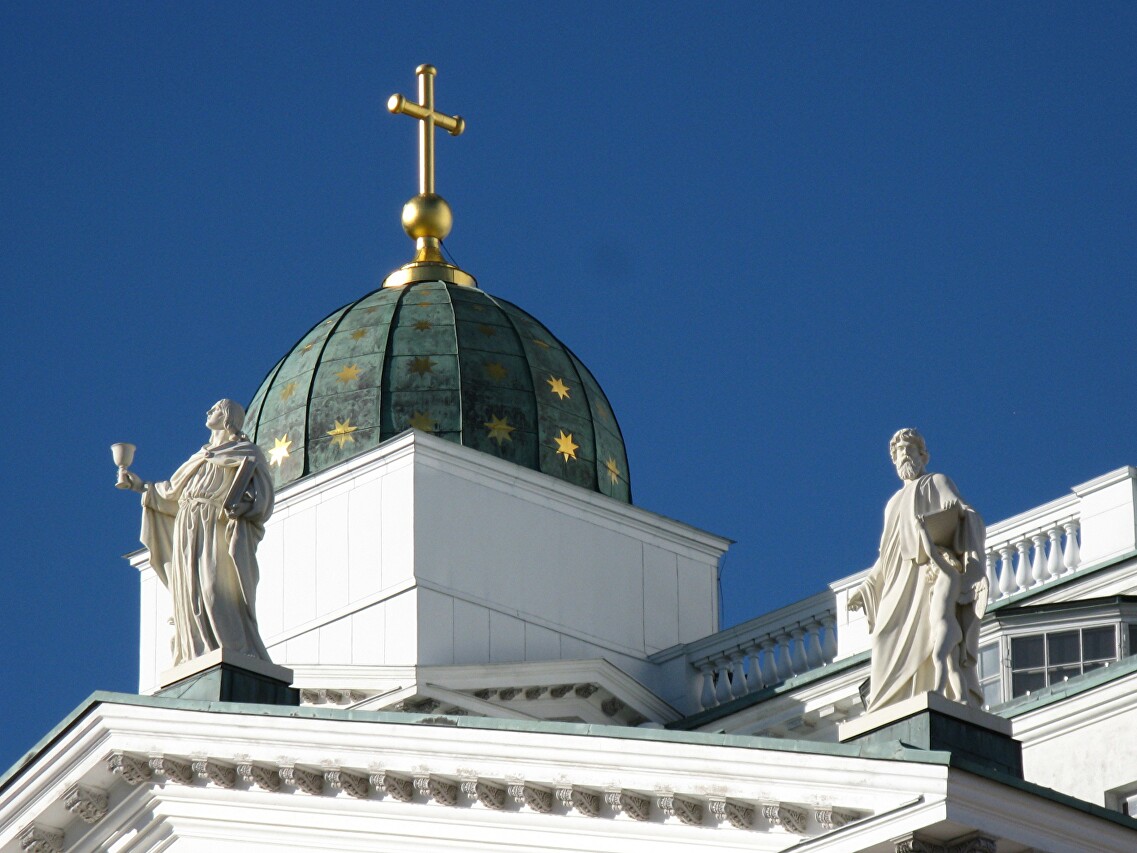
Then we took a walk to another important building, located in the next block after the Cathedral.
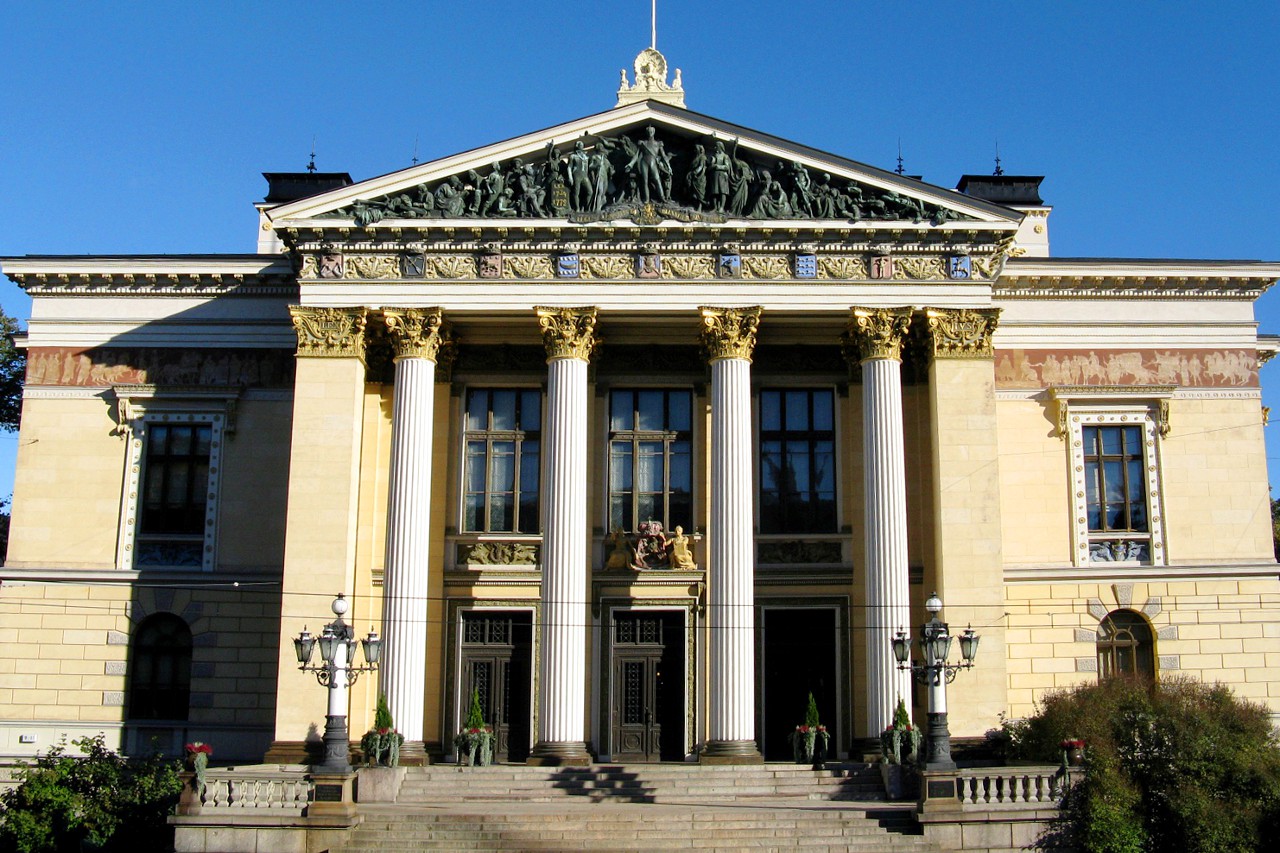
This is the so-called Estate House (Säätytalo), built in 1891 by Gustav Nystrem.
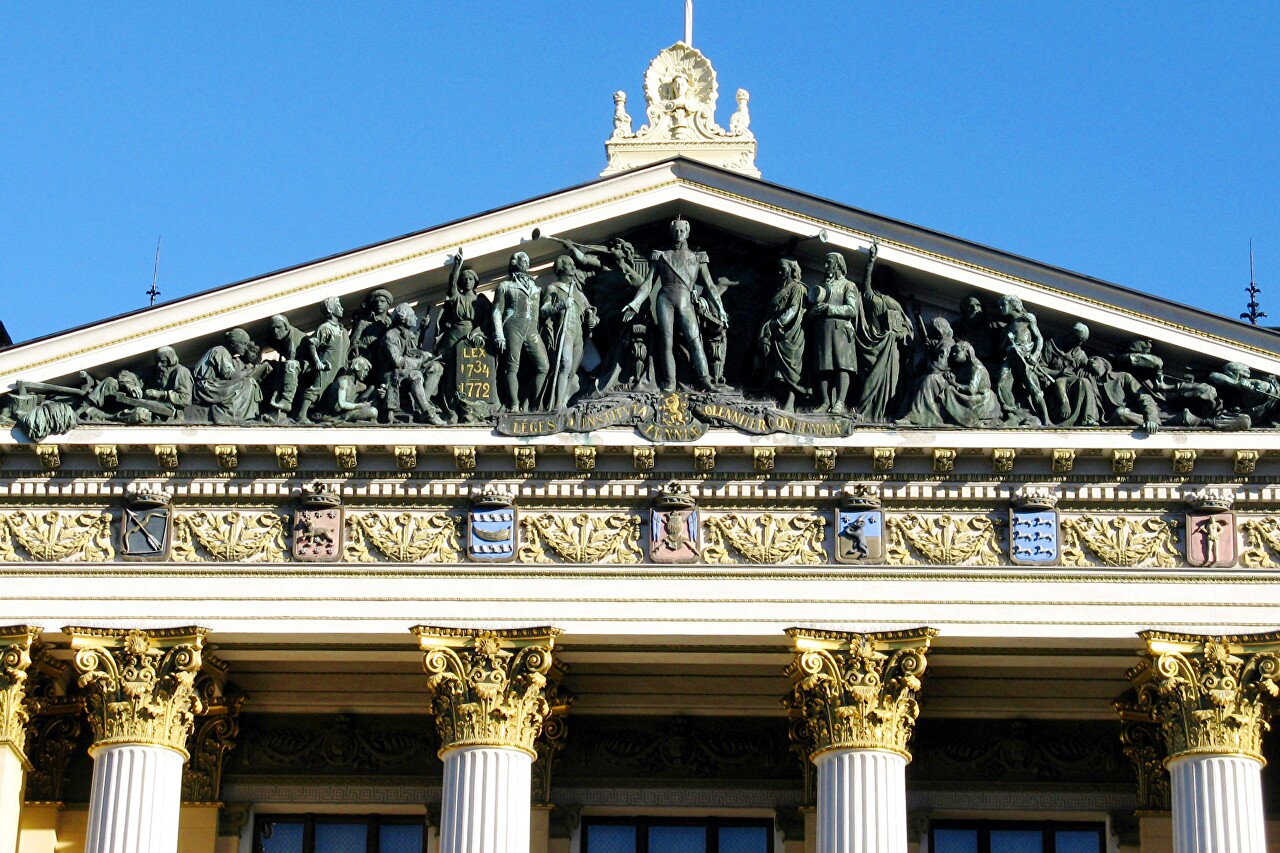
The building was intended for meetings of representatives of the clergy, bourgeoisie and peasantry, who were part of the Finnish Parliament.
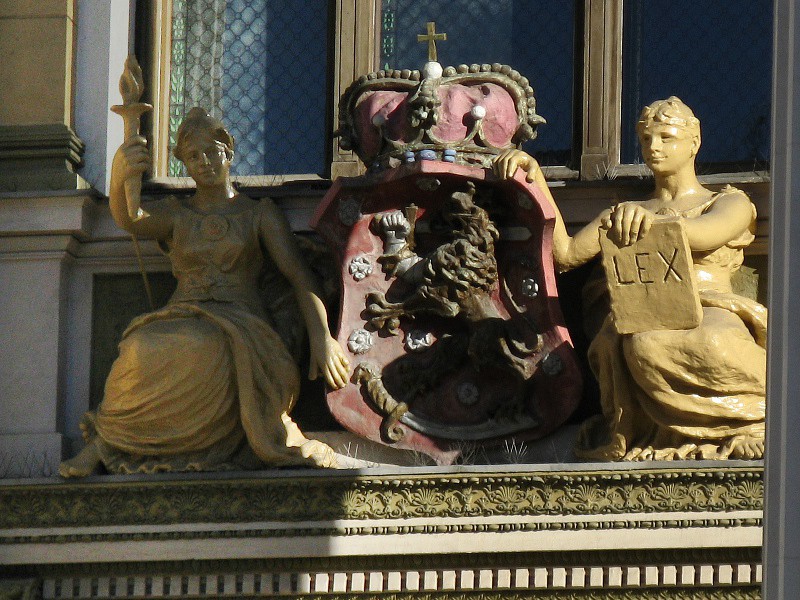
Finally, we descended to Kauppatori Square, located on the shore of the Southern Bay.
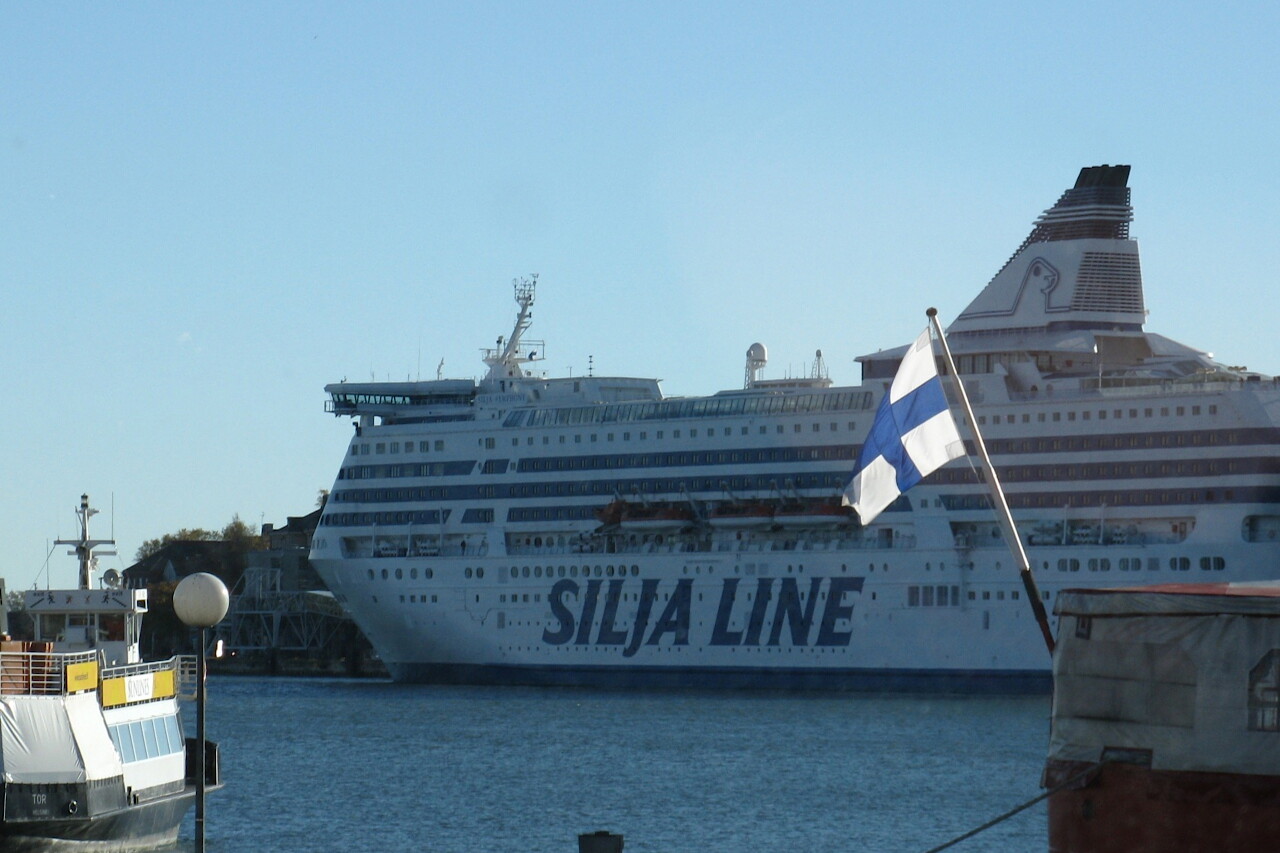
.This is the end of our short tour of Helsinki's most important sights, and we need to continue on. Our bus goes along Mannerheim Avenue to the exit of the city.
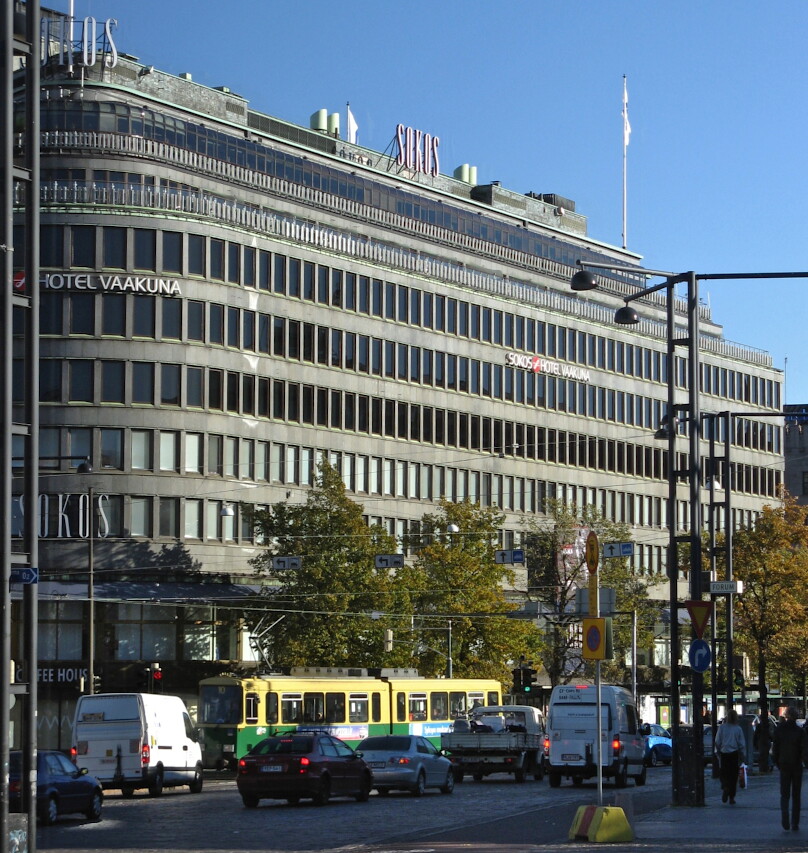
The avenue is named after a popular Finnish military leader and politician, one of the founders of the independent state of Finland.
